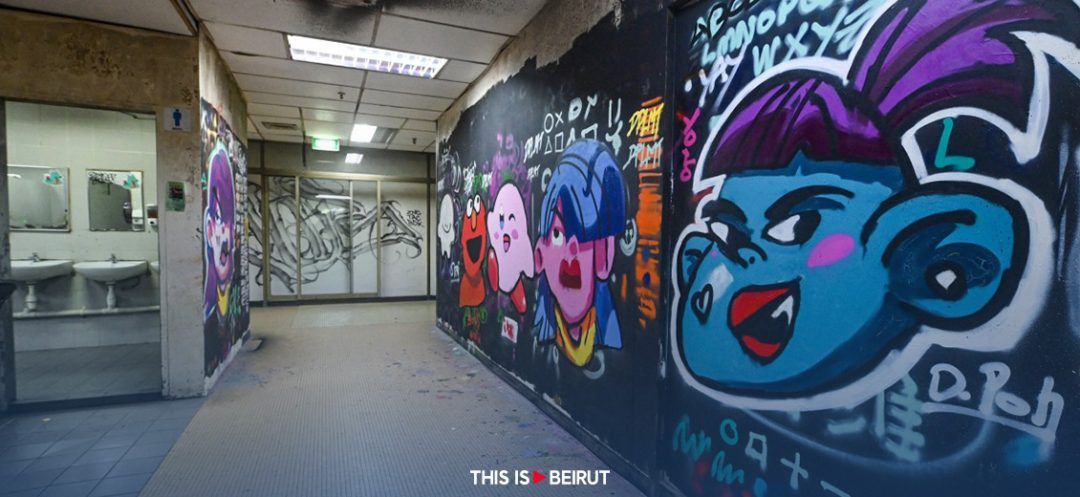
©Photo Credit: Roslan Rahman / AFP
In Singapore, a city-state where graffiti is typically prohibited, an abandoned shopping center unexpectedly morphed into a vibrant hub for artistic expression. Young creatives commandeered the nearly half-century-old Peace Centre, adorning its walls with vivid murals and organizing art workshops, infusing the space with newfound vitality.
Peace Centre, poised to be demolished later this year, emerged as a bastion of self-expression in a country where street art necessitates official authorization. Last August, PlayPan, co-founded by entrepreneur Gary Hong, successfully persuaded developers to delay the mall's demolition. "A social experiment to bring (the) community together," as described by Hong to AFP, became the endorsed purpose of the initiative.
This temporary reprieve allowed artists, students, charities and small enterprises to inhabit the space, either gratis or at nominal fees. The eclectic array of pop-up stores, art tours and musical performances reinvigorated the once lackluster mall into an unforeseen artistic sanctuary. Nevertheless, this artistic resurgence is ephemeral, with the mall set to permanently close at the end of January. Formerly a bustling hub, Peace Centre gradually lost its allure to more opulent shopping complexes. In recent decades, it was predominantly recognized for its print shops and seedy karaoke bars. However, the mall's transformation into an art space attracted a younger demographic. Workshops on graffiti saw participants enlivening dormant storefronts, while visitors perused second-hand clothing and exhibits. "It's not something you do on a normal weekend, less so inside an indoor area, in a mall," remarked Darryl Poh, a 29-year-old sales trader who engaged in a spray-painting workshop.
[gallery link="none" size="large" ids="219873,219872,219869"]
The rejuvenation of Peace Centre was marked by spontaneity and authenticity. Graffiti adorned bathroom walls and mirrors, a Rage Against the Machine track resounded from a pop-up store, and craft cocktails were available on the ground floor. Among the diverse offerings were death metal CDs and trinkets for sale. Such spaces are rarities in Singapore, known for its status as a major financial hub in Asia.
Ning Fei, 34, selling typewritten poems, noted, "I think you just have to know where to look. The government can curate things, but people are still going to do their own thing." The exterior walls, festooned with flyers for activities ranging from ukulele classes to pebble painting, welcomed visitors at the main entrance. Gabriel, a 43-year-old photographer, set up a booth for charity portrait sessions, capturing the essence of passersby. He described the atmosphere as "very non-Singaporean, very organic," acknowledging the uniqueness of the experience. "I'm going to miss this community very much. I'm glad to have plugged in and participated in this swan song," he told AFP, reflecting on the imminent closure of this artistic haven.
With AFP.
Read more




Comments